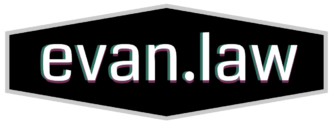The Australian off-road utility vehicle manufacturer Tomcar has begun accepting Bitcoin as a form of payment for its direct sales to customers. This example of Bitcoin’s expansion into the marketplace sends a few interesting messages, among them:
- Sellers and buyers will be motivated to use the cryptocurrency for reasons other than anonymity: Tomcar’s stated reason for liking Bitcoin is to avoid credit card transaction fees and unfavorable international currency exchange rates.
- Bitcoin plays a role in the supply chain, not just in transactions with the end user. Tomcar is paying some of its suppliers using Bitcoin. The Winklevoss twins say Bitcoin could become the currency for an entire country.
- Payment gateway CoinJar (which Tomcar uses) is an interesting specimen. It’s not just the Brothers Winklevii who are investing in the Bitcoin marketplace.
- The Silk Road shutdown was a good thing. Cryptocurrency lends itself well to a seedy marketplace. And those seeds, watered with unscrupulousness, will bear fruit of bad reputation. Tomcar’s founder hails Silk Road’s demise, since a lack of association with the unlawful will do the currency some PR good.
One can’t help but wonder whether there are some opportunities to reinforce some stereotypes when thinking about Tomcar and the people who would buy them. The off-road utility of the vehicles would come in handy in the post-apocalyptic world occasioned by the collapse of modern governments – the very entities running a monetary system that the Bitcoin enthusiast gladly wishes to circumvent.

 Software licenses are often complex documents comprised of multiple exhibits, schedules, and terms and conditions, co-authored by lawyers, sales people and engineers. And when disputes over the use of software arise, it is, accordingly, often not simple to sort out what the agreement says. I have written a
Software licenses are often complex documents comprised of multiple exhibits, schedules, and terms and conditions, co-authored by lawyers, sales people and engineers. And when disputes over the use of software arise, it is, accordingly, often not simple to sort out what the agreement says. I have written a